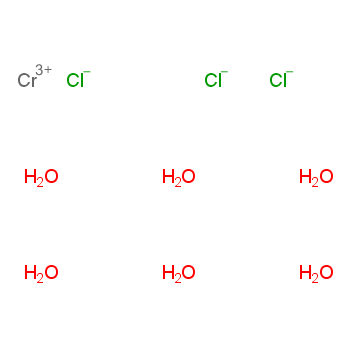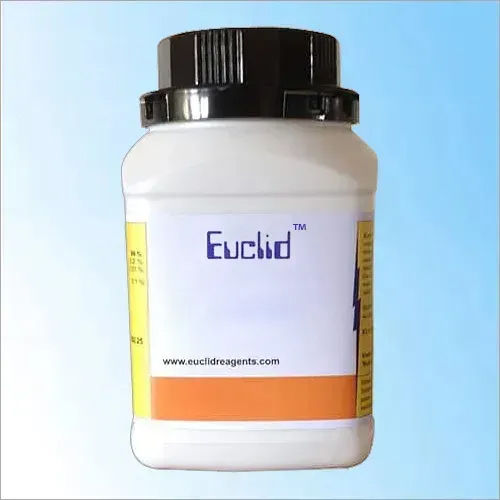

First Synthesis of a Eunicellin Diterpene" J.

"Enantioselective Total Synthesis of (−)-7-Deacetoxyalcyonin Acetate. (b) Alois Fürstner, "Carbon−Carbon Bond Formations Involving Organochromium(III) Reagents" Chemical Reviews, 1999, 99 (4), 991–1046 doi: 10.1021/cr9703360 "Chromium(II) Chloride" in Encyclopedia of Reagents for Organic Synthesis John Wiley & Sons: New York 2005. Handbook of Preparative Inorganic Chemistry.

Alkyl halides and nitroaromatics are reduced by CrCl 2. Since the reduction potential of H + to H 2 in acidic conditions is +0.00, the chromous ion has sufficient potential to reduce acids to hydrogen, although this reaction does not occur without a catalyst.Ĭhromium(II) chloride is used as precursor to other inorganic and organometallic chromium complexes. The reduction potential for Cr 3+ + e − ⇄ Cr 2+ is −0.41. The molecular geometry is approximately octahedral consisting of four short Cr-O bonds (2.078 Å) arranged in a square planar configuration and two longer Cr-Cl bonds (2.758 Å) in a trans configuration. The hydrated derivative, CrCl 2(H 2O) 4, forms monoclinic crystals with the P2 1/c space group. īall-and-stick model of chromium(II) chloride tetrahydrate. The Cr centres are octahedral, being distorted by the Jahn-Teller Effect. It crystallizes in the Pnnm space group, which is an orthorhombically distorted variant of the rutile structure making it isostructural to calcium chloride. Cr + n H 2O + 2 HCl → CrCl 2(H 2O) n + H 2 Structure and properties Īnhydrous CrCl 2 is white however commercial samples are often grey or green. Treatment of chromium powder with concentrated hydrochloric acid gives a blue hydrated chromium(II) chloride, which can be converted to a related acetonitrile complex. On the laboratory scale, LiAlH 4, zinc, and related reductants produce chromous chloride from chromium(III) precursors:Ĥ CrCl 3 + LiAlH 4 → 4 CrCl 2 + LiCl + AlCl 3 + 2 H 2 2 CrCl 3 + Zn → 2 CrCl 2 + ZnCl 2ĬrCl 2 can also be prepared by treating a solution of chromium(II) acetate with hydrogen chloride: Cr 2(OAc) 4 + 4 HCl → 2 CrCl 2 + 4 AcOH CrCl 2 is produced by reducing chromium(III) chloride either with hydrogen at 500 ☌:


 0 kommentar(er)
0 kommentar(er)
